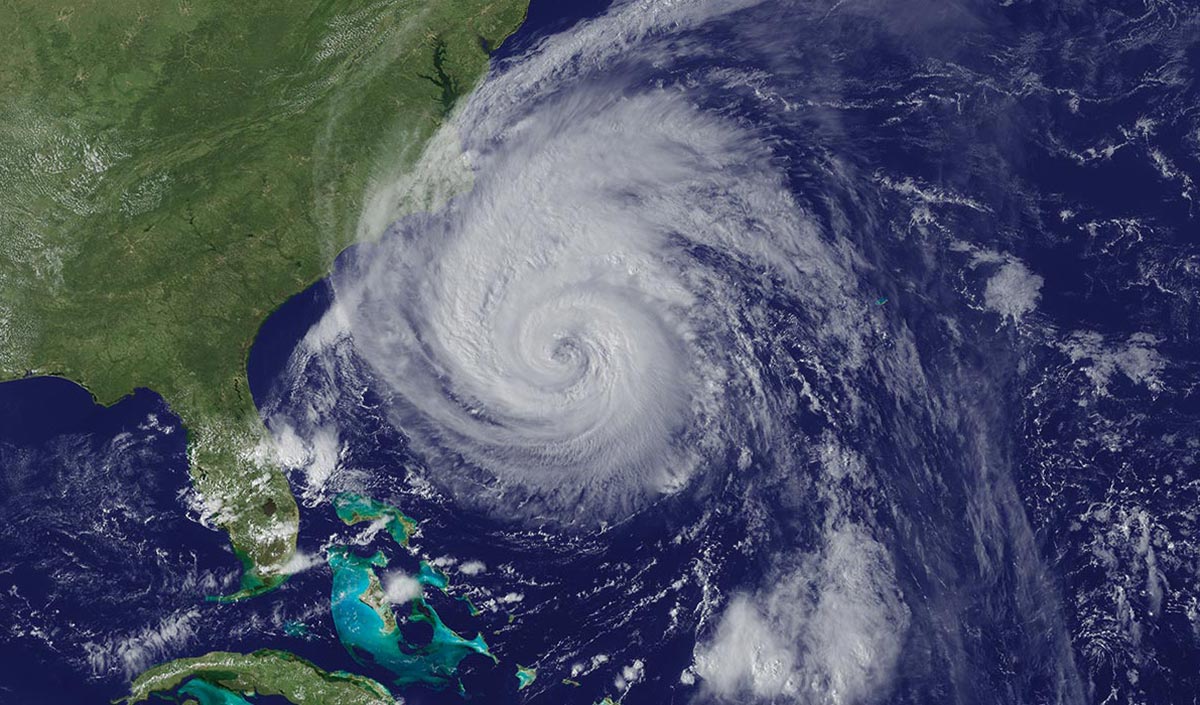Originally presented 5 May 2007
Artificial nocturnal lighting is a uniquely human phenomenon on Earth. Human settlements can be mapped from space by imaging nocturnal emissions from illuminated habitation. Spatial analysis of night lights reveals unexpected properties of human settlement patterns and energy consumption.
Christopher Small is one of the leading specialists in the use of remote sensing techniques to study our planet. He travels extensively to investigate natural disasters and other events, seeking to develop better abilities to use satellite- and aircraft-based observation technologies for monitoring change.
Dr. Small was one of the three LDEO scientists who participated in the original series of “Saturday Workshops for Teachers” that evolved into the E2C program, way back in 1998. Here are links to some of his previous Workshops:
http://www.earth2class.org/k12/w7_s2004/index.htm
http://www.earth2class.org/k12/w2_f2002/template.htm
http://www.earth2class.org/k12/w8_s2002/template.htm
http://www.earth2class.org/k12/w8_s2001/agenda.htm
http://www.earth2class.org/k12/w5_s2000/Agenda0429.htm
Introduction to this Workshop
Here is the introductory slide show presented by Dr. Passow.
Click on your preferred format: ppt or single file web page
Links to other E2C Workshops on this theme:
- “Using Satellite Data to Map the Sea Surface and Sea Floors”—Christopher Small (Apr 2000)
- “Remote Sensing of Our Planet”—Christopher Small (Apr 2002)
- “Overview of Remote Sensing Techniques”—Christopher Small (Oc. 2002)
- “Exploring the Southern Oceans with Ships and Satellites” — Christopher Small (Mar 2004)
- “GeoMapApp” — Andrew Goodwillie (Oct 2006)
- “Remote Sensing on Land and Under Lake Vostok’s Ice” — Michael Studinger (Apr 2005)
- “PIRANAs and PIRATAs: Remote Sensing of Plankton” — Ajit Subramanian (Oct 2004)
- “From Satellites to Microscopes: Studying Phytoplankton” with Ajit Subramanian and Andrew Juhl (Nov 2005)
- “Remote Sensing” of Lake Vostok with Michael Studinger (Feb 2006)
- “Using Remote Sensing to Study Antarctica’s Subglacial Lakes” — Michael Studinger (Dec 2006)
- “Using Synthetic Aperture Radar (SAR) to Map Natural Hazards” — Jeffrey Weissel (May 2004)
Cutting-Edge Research
Dr. Christopher Small’s LDEO web page
Artificial nocturnal lighting is a uniquely human phenomenon on Earth. Human settlements can be mapped from space by imaging nocturnal emissions from illuminated habitation. Spatial analysis of night lights reveals unexpected properties of human settlement patterns and energy consumption.
Christopher Small is one of the leading specialists in the use of remote sensing techniques to study our planet. He travels extensively to investigate natural disasters and other events, seeking to develop better abilities to use satellite- and aircraft-based observation technologies for monitoring change.
He provides this link to relevant content in this presentation:
http://www.ldeo.columbia.edu/~small/Urban
Dr. Small was one of the three LDEO scientists who, way back in 1998, participated in the original series of “Saturday Workshops for Teachers” that evolved into the E2C program. Here are links to some of his previous Workshops:
http://www.earth2class.org/k12/w7_s2004/index.htm
http://www.earth2class.org/k12/w2_f2002/template.htm
http://www.earth2class.org/k12/w8_s2002/template.htm
http://www.earth2class.org/k12/w8_s2001/agenda.htm
http://www.earth2class.org/k12/w5_s2000/Agenda0429.htm
Classroom Resources
Selected Lesson Plans to Teach about Remote Sensing:
Earth Update Activity 4: Night Life: http://earth.rice.edu/activities/earthupdate/activities/EUactivities/activity04.html
Earth Update Activity 5: Rising Water: http://earth.rice.edu/activities/earthupdate/activities/EUactivities/activity05.html
The Night Sky in the World: http://www.lightpollution.it/dmsp/artbri.html
IMAGERS (Interactive Multimedia Adventuresfor Grade School Education using Remote Sensing): http://science.hq.nasa.gov/kids/imagers/index.html
The Adventures of Echo the Bat: http://science.hq.nasa.gov/kids/imagers/echohome.html
The Adventures of Amelia the Pigeon: http://science.hq.nasa.gov/kids/imagers/amelia/index.html
Science@NASA: Remote Sensing: http://science.hq.nasa.gov/earth-sun/technology/remote_sensing.html
Lesson Plans Created by E2C Participants:
- Deena Bollinger Amazon River Plume Inquiry Activity
- Karen Cole What Can Phytoplankton Tell You About the Nitrate and Phosphate Levels of the Oceans?
- Stan Ogonowski Remote Sensing of Earth by Satellite
Other Resources for This Topic
Selected links to Dr. Small’s research:
Other selected links about remote sensing of night lights:
- The Night Sky in the World: http://www.lightpollution.it/dmsp/index.html
- NGDC’s Nighttime Lights of the USA poster: http://www.ngdc.noaa.gov/dmsp/night_light_posters.html
- NASA’s City Night Lights Poster (2002): http://catalog.core.nasa.gov/core.nsf/item/300.1-18P
- Science@NASA: Remote Sensing: http://science.hq.nasa.gov/earth-sun/technology/remote_sensing.html
- The World at Night: http://www.twanight.org/newTWAN/index.asp
Selected Links Used in Dr. Passow’s PPT Slide Show:
- Satellite image: http://www.goes.noaa.gov/browse.html
- Weather satellite image: http://noaasis.noaa.gov/NOAASIS/ml/genlsatl.html
- TIROS-N satellite image: http://noaasis.noaa.gov/NOAASIS/ml/genlsatl.html
- Landsat: http://landsat7.usgs.gov/index.php
- Aereal photo: http://terraserver.homeadvisor.msn.com/
- Hot air balloon: http://www.aeragon.com/03/03-28.html
- Galileo stamp: http://www.th.physik.uni-frankfurt.de/~jr/gif/phys/stamp_galileo.jpg
- Cal Tech’s Palomar observatory: http://www.astro.caltech.edu/observatories/palomar/images/p200.html
- Space race: http://www.jpl.nasa.gov/missions/past/explorer.html
- Pioneer 4: http://www.jpl.nasa.gov/missions/past/pioneer.html
- NASA’s Jet Propulsion Laboratory: www.jpl.nasa.gov
- Mariner 2: www.jpl.nasa.gov/missions/past/mariner1-2.html
- Viking on Mars: www.jpl.nasa.gov/missions/past/viking.html
- Voyager: www.jpl.nasa.gov/missions/current/voyager.html
- NASA’s current missions: www.jpl.nasa.gov/missions/missions_index.cfm
- NASA’s future missions: www.jpl.nasa.gov/missions/future_missions.cfm
- NASA’s proposed missions: www.jpl.nasa.gov/missions/proposed_missions.cfm


